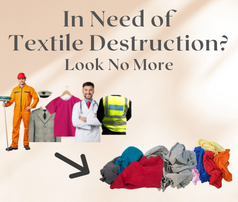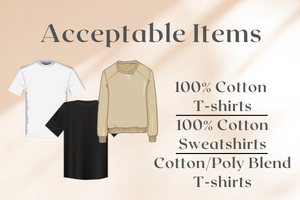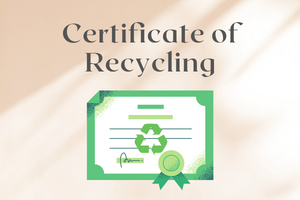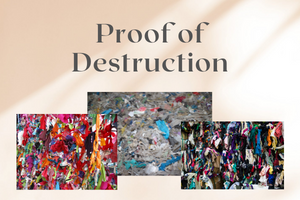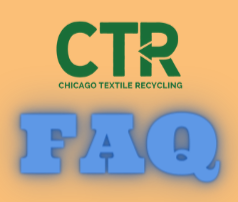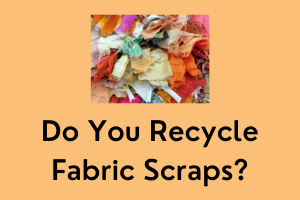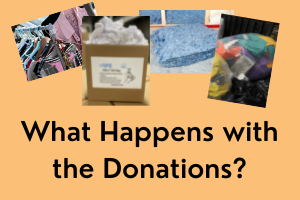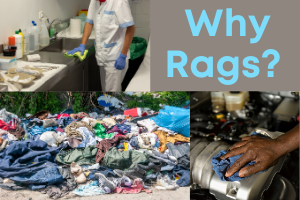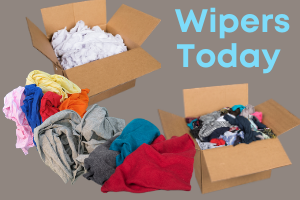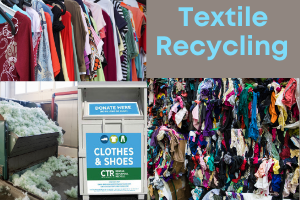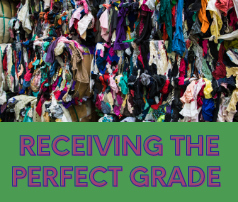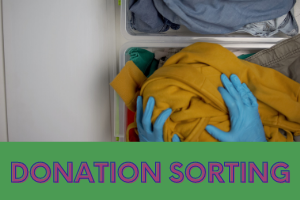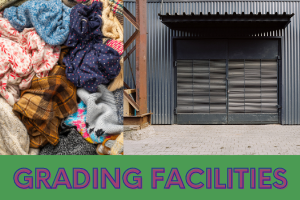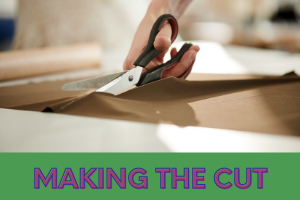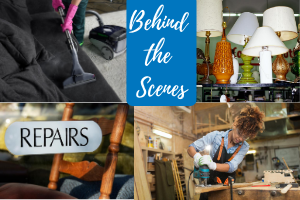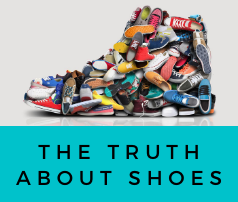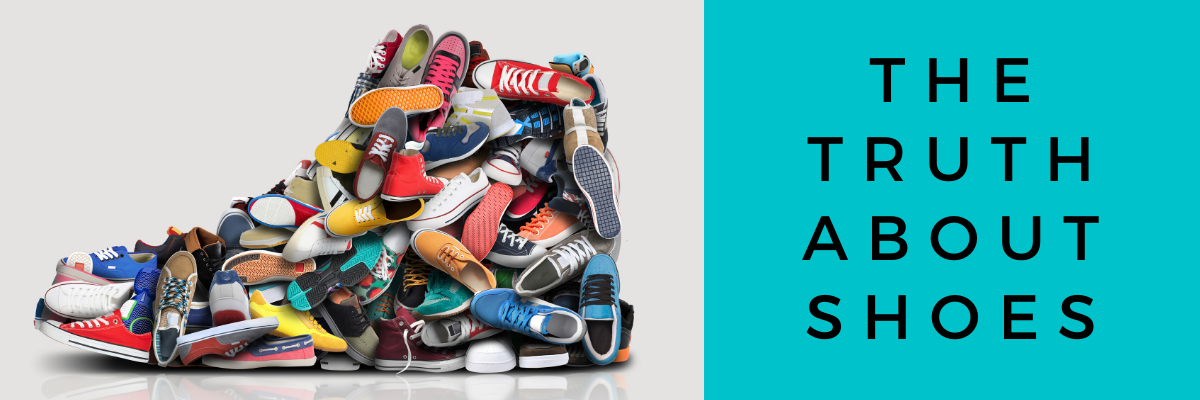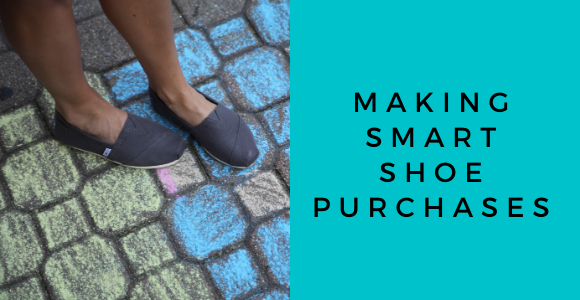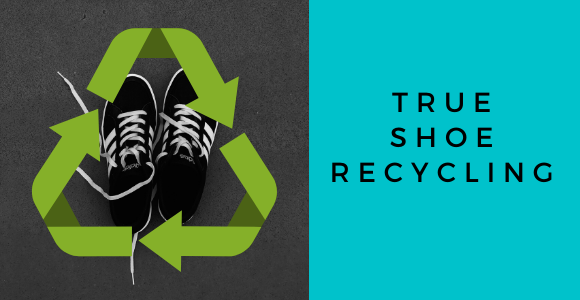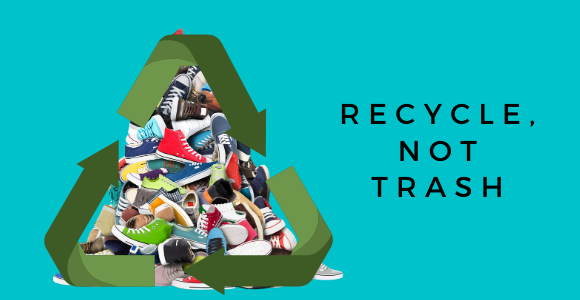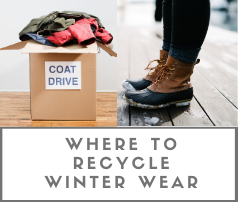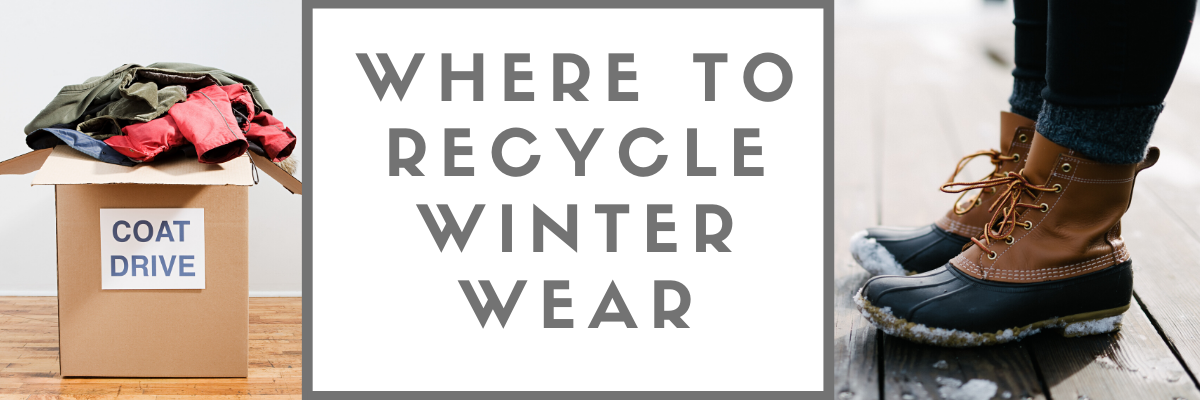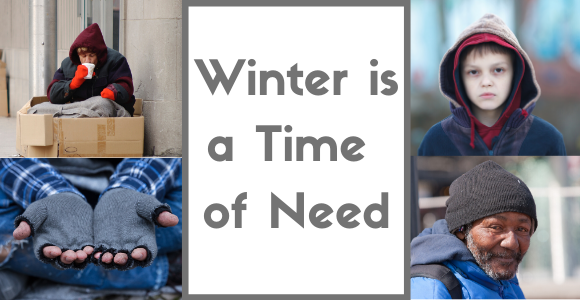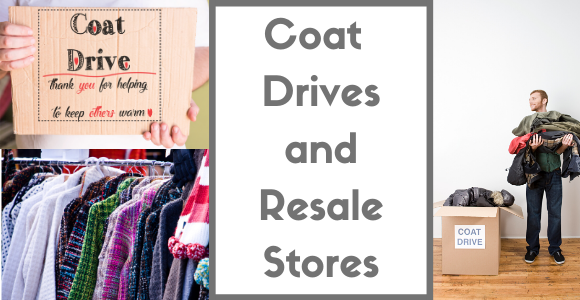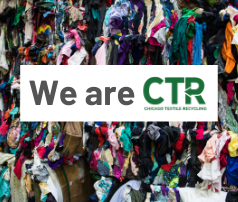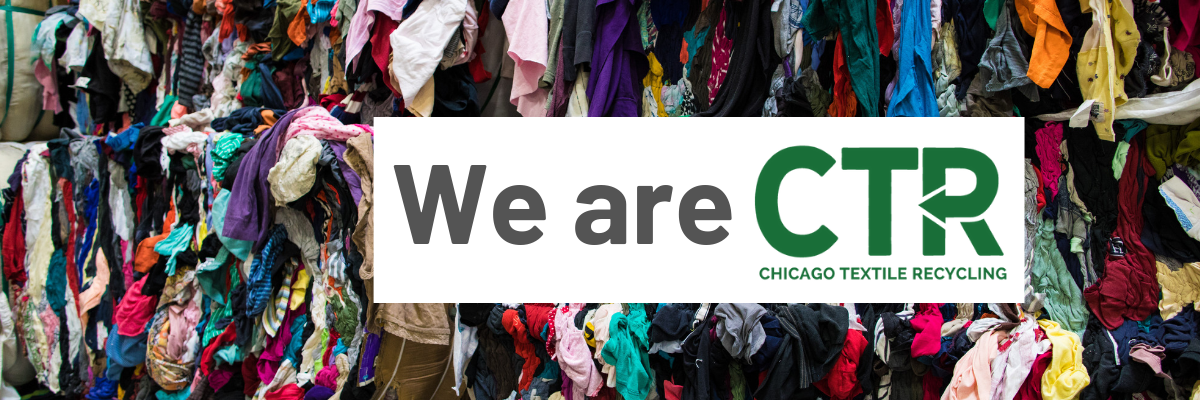
Holiday Clutter

Holiday gift giving and the typical excess that comes with it is a month behind us. A new year has arrived and with it possible resolutions to live healthier (amongst others) in a myriad of ways. You may be walking through your home thinking how do I own this much stuff? Even if your home hasn’t reached hoarder level capacity, clutter has a definite effect on stress levels and finding joy in where you live. I experience it myself in our cozy home with three young children. Toys are everywhere! Clutter abounds and I feel as if I spend most of my waking moments cleaning or tidying and attempting to secretly give things away to donation sites. So what can you do when excess and clutter abound, as you feel your stress levels rise and your fuse grow short with those who share your living space?
Re-Gift or Swap

One option of what to do with Holiday gifts that didn’t quite meet your needs or was simply one gift too many is to re-gift it to someone you know. Or perhaps swap it with a friend. Did you receive a pair of shoes that don’t quite fit, but your best friend wears that size? Give the shoes to him/her. Or even swap them if your friend offers something in exchange. Reduce your clutter by letting go of items that don’t have a place in your home.
Donate
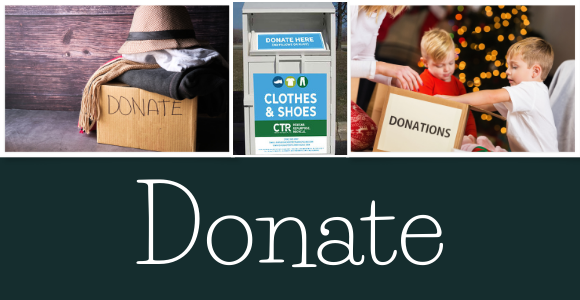
Another option for too many gifts or toys is to donate them. Here at Chicago Textile Recycling, we accept stuffed animals and most textiles – here is our list of acceptable items. Many thrift stores accept all toys (hard and soft) in good condition. They also accept kitchen items, furniture and much more. A different way to donate is through a local “Buy Nothing” Facebook group where one can post free items no longer needed. This option for decluttering can potentially help others out in your community as well. For a textile recycling bin or partner resale store in your area, please contact us.
Donate to Refuge
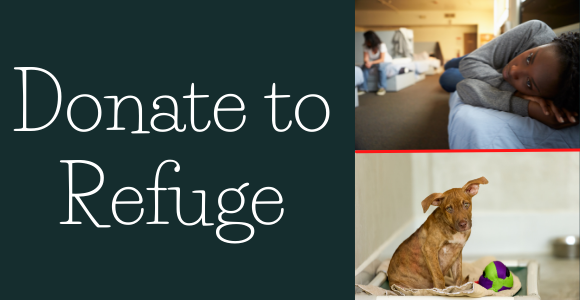
For a specific way to declutter and help those in need, you can reach out to a local homeless or women’s shelter or other place of refuge. With ongoing admissions at these places of refuge, they are typically always in need of items for their residents. Many popular necessities are clothing, bedding, toiletries, etc. Reach out to your local village hall or simply google places of refuge in your area to find out how to connect with nearby shelters.
Animal shelters are also at times in need of donations, such as blankets, towels and pillows for animal bedding. If these are items you have in excess, call local shelters to ask for needed donations.
Donate Blankets & Winter Wear to Homeless
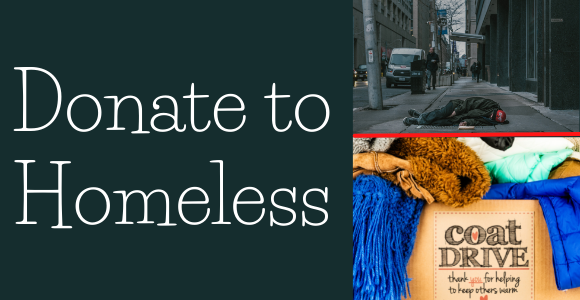
Last year we posted this blog about where to donate winter wear. Another great option for outgrown or excess winter wear and blankets or sleeping bags is to donate them to the homeless. Typically this can be done through shelters (as mentioned in the previous heading). Sometimes organizations also hold coat drives in the Fall and Winter to help homeless and families in need. As noted in the blog, the Chicago Bears typically hold an annual coat drive in conjunction with the Salvation Army. Though canceled for this year, Salvation Army continues to work to provide those in need with winter coats and offers opportunities for partners to hold coat drives to do the same.
Toys to Hospitals

Once your winter items are cleared out, toys can be the next category to tackle. If your home is similar to mine, it can constantly feel like toys are everywhere. Though we try to contain them in our playroom and the kids’ rooms, we find them spread throughout the kitchen, living room, bathroom and our bedroom on a daily basis. If toys are a large category you would like to downsize, one great place to reach out are local hospitals. For sick children stuck in hospital beds all day for unknown and ranging periods of time, toys can make their stay that much more tolerable. If you have toys in great condition that still work well, look into local hospitals to see what items they accept for donations.
Books to Schools & Libraries

Books are another great item that can be donated to a variety of places. Whether to a library or a school, books offer a way of learning, escape and imagination building to children and adults alike.
If you’re looking for some great organizations that accept book donations for charity and other causes, here is a great article sharing local Chicagoland places to donate.
Return or Exchange

Another option for unwanted gift items is to return or exchange them. If you were given a receipt for a holiday gift or if it still has a sales tag attached, you know exactly where to return the item. For those gifts without receipts or sales tags, you may need to gently ask the giver where he/she bought the item. Returns and exchanges give you the option of buying new items for others or more appropriate and needed items for yourself.
Sell

A last option for clearing out Holiday clutter is selling items you no longer need. There are many online opportunities to sell gifts or possessions, some of which are ebay, facebook marketplace and online resale sites, such as poshmark, mercari, etc. Simply uploading pictures and posting a short description opens opportunities to rid your home of excess.
Options Abound
With all of these options of what to do with excess and clutter, it is easy to clear out belongings you no longer need or want. Regardless of which option you choose, clearing away the clutter will have mental and emotional benefits in decreasing stress in your home. And reducing stress is always a good way to start the new year! For more information on Chicago Textile Recycling and donation locations, please contact us here.
